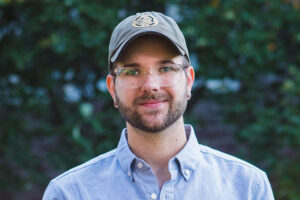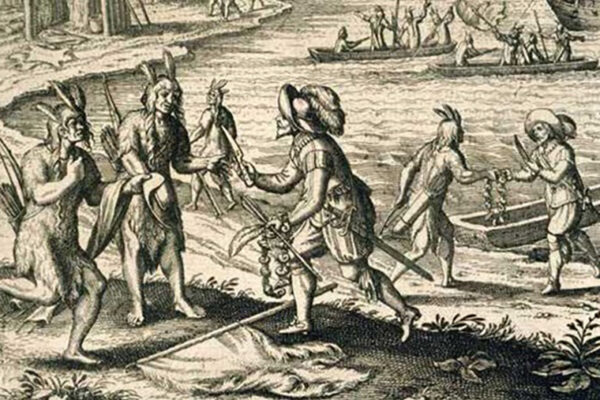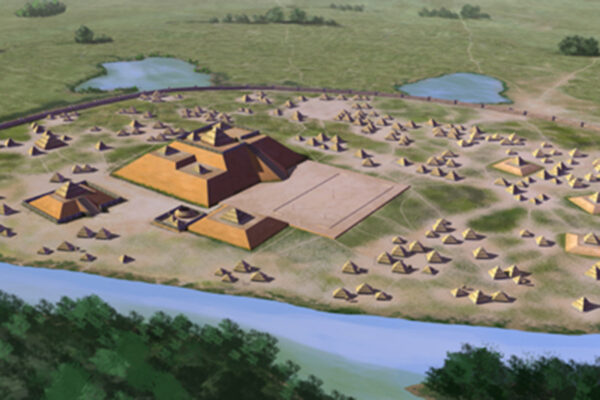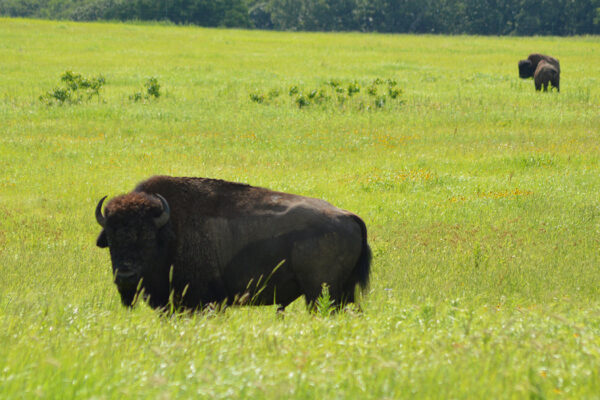
Research conducted by Jacob Holland-Lulewicz, lecturer in archaeology in Arts & Sciences, was named one of the Top 10 Discoveries of 2020 by Archaeology Magazine. The discovery provided evidence that Indigenous people in Oconee Valley (present-day central Georgia) continued to live and actively resist European influence for nearly 150 years.
Using advanced radiocarbon dating techniques and complex statistical models, Holland-Lulewicz and team re-dated charcoal unearthed at the Dyar Mound to determine that the site was not abandoned after the de Soto expedition as originally believed. Instead, they determined Indigenous people carried out Mississippian rites atop the mound for nearly 150 years more.
According to Holland-Lulewicz, the findings raise questions about the motives behind early explanations and interpretations that Euro-Americans proposed about Indigenous earthen mounds — platforms built out of soil, clay and stone that were used for important ceremonies and rituals. Read more here.


